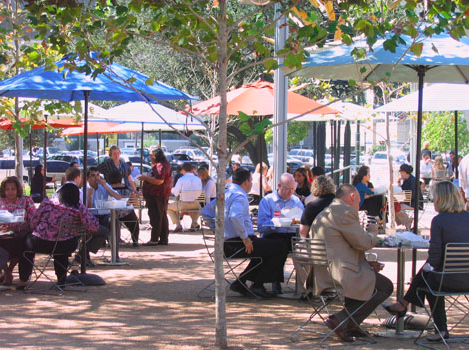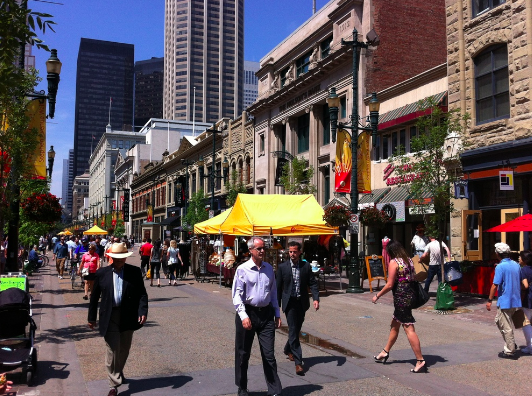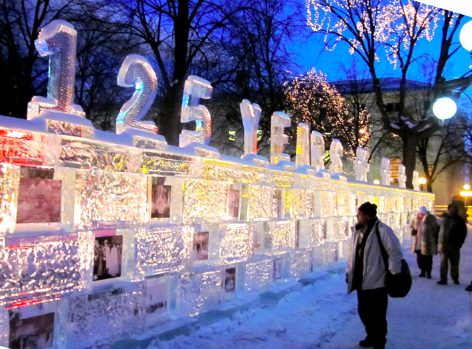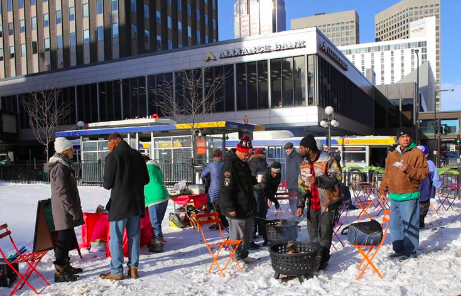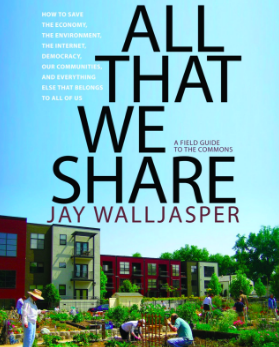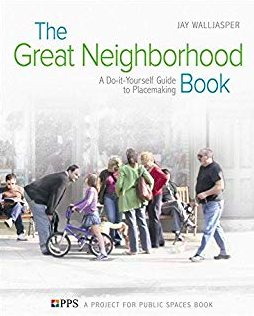Jay Walljasper - Storyteller of Place
/“Stories bring about change,” says storyteller, writer and urban placemaker, Jay Walljasper.
Walljasper’s story began in suburban Illinois, in a neighborhood housing development he calls “cool in a way, with empty fields behind my house that we kids thought would be that way forever. It was kind of walkable, but not out where I lived.” Eventually, suburban sub-divisions filled in, erasing those open spaces for active, imaginative play.
What imprinted on Waljasper’s imagination instead, in terms of place, was his grandparent’s town of Ford Madison, Iowa. “Fort Madison was a river town, on the Mississippi, and there were corner groceries, corner taverns, it was kind of a historical town,” Walljasper recalls. “What I loved was I would walk into one of the local stores and hear ‘You must be one of those Walljaspers. You all look alike.’ I really loved that sense of belonging, that familiarity.”
That ‘local element’ captured Walljasper and has shaped his sensibilities ever since. “I was fired up by Earth Day, too, and the environmental movement, but that always seemed to be about wilderness, far away from us.”
An image he carries from his early days living in Minneapolis was a billboard he saw for a local car dealership that declared “No One Walks!” The advertising intent asserted that every customer who walked on the lot left with a great deal on a new car. The emotional effect was that car culture ruled, that walking was for rubes.
Walljasper first heard the term “placemaking” from Fred Kent, founder of the nonprofit, Project for Public Spaces. Walljasper realized that placemaking – an idea of building communities around connections between people - is taken for granted until it goes missing. “That’s when you wonder, ‘why do I have to get in a car to do everything?’”
The good news, according to Walljasper, is that Minneapolis cultivates a far keener sense of placemaking now. Neighborhoods are more walkable and have been animated by an influx of cafes, small shops, and brew pubs touting local brews. “Made here” is a point of pride. Playgrounds have sprung up, outdoor seating is abundant (even in winter!), and protected bike lanes are proliferating.
All of this leads to greater connectivity, Walljasper asserts, and car culture is giving way to more expectant attitudes about multi-modal transit. Walljasper is optimistic: “Finally we’ve shoved off the illusion that we a small town.”
Many, like Walljasper, embrace people-centric development and love the identity of the big city, but he worries that density is still a bugaboo. “There is room for more evolution here,” he says. “Frankly, we want walkability, we want concentrations of local businesses, and we want mobility. Those things take a certain level of population concentration. ‘Density’ has become a bad word. I’d rather use ‘dynamic development.’ It’s up to us, as storytellers, advocates, placemakers to use a new language.” For Walljapser, that language would be familiar and would describe multi-functioning projects with housing, storefronts, deep setbacks for strolling and trees, interesting architecture, complete streets, and plenty of places to sit, gather and gossip.
Clearly, global issues affect us, but it is at the local level where Walljasper thinks each of us can be most engaged and enlivened. In his 2010 book, All That We Share: A Field Guide to the Commons, Walljasper celebrates the lively and energized neighborhood as the place where connections between people are forged and familiarity reigns. He sees progress in many places and writes, “Even as our social and cultural horizons expand in the twenty-first century, the local community is still where we lead our lives, where our toes touch the ground, where everybody knows our names.”
For more information: http://www.jaywalljasper.com/




